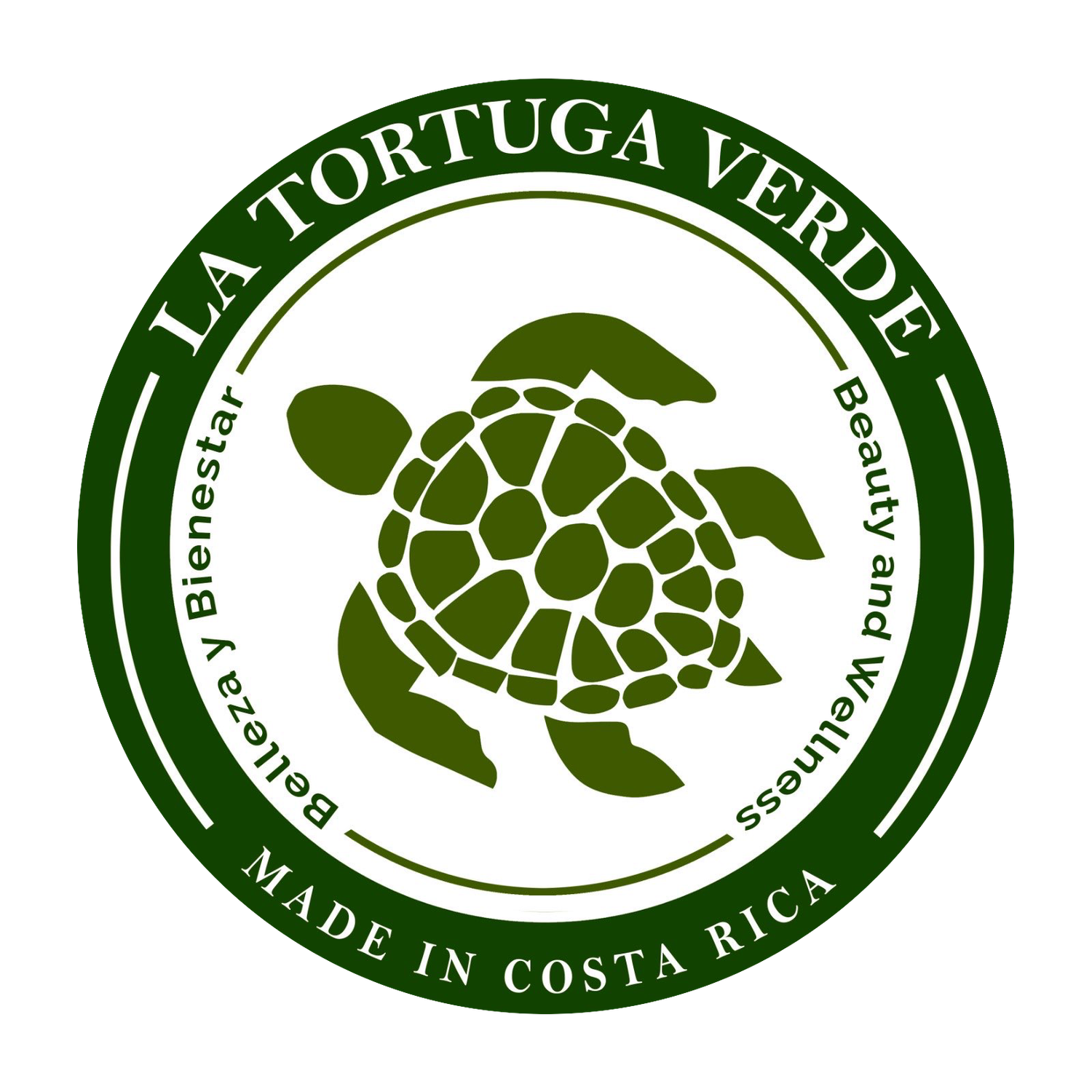Unlocking the Secrets of Clay: A Deep Dive into Face Mask Science
Welcome to another deep dive into the fascinating world of natural wellness and skincare! Today, we're getting under the skin of one of the beauty industry's oldest secrets: clay masks. While clay masks come in various forms and compositions, there's something particularly special about our focus today—bentonite clay sourced straight from the lush volcanic landscapes of Costa Rica. Stick around as we unravel the science and abundant benefits of this earthy wonder.
History of Clay Masks
Long before serums and chemical peels graced the beauty counters, clay masks were the go-to for radiant, healthy skin. Originating as far back as ancient Mesopotamia and Egypt, clay was revered for its healing properties. Even queens like Cleopatra reportedly indulged in clay masks to maintain her youthful visage. The wisdom of these ancient civilizations laid the foundation for modern skincare, reminding us that sometimes, the best solutions are as old as time itself.
What is Bentonite Clay?
Bentonite clay is a type of absorbent clay primarily composed of montmorillonite. It's known for its ability to draw out toxins, oils, and impurities from the skin. But what sets our bentonite clay apart? It's sourced from the majestic volcanoes of Costa Rica, where the fertile soil enriches the clay with a unique blend of minerals and nutrients. This Costa Rican gem is a true embodiment of 'Pura Vida,' giving you a taste of pure life directly from Mother Nature's lap.
The Science Behind Clay Masks
When it comes to skincare, it's always good to know the 'why' and 'how' behind the products you use. Clay masks function at a molecular level, offering a natural yet highly effective approach to skin health. Bentonite clay is particularly unique due to its ion-exchange capability. When you apply the clay as a mask, its negatively charged ions attract and bind to the positively charged ions of impurities and toxins on your skin. This not only pulls the gunk out of your pores but also facilitates its eventual removal when you wash off the mask.
Benefits of Using Clay Masks
Detoxification:
Bentonite clay masks help to detoxify the skin by drawing out toxins, impurities, and even heavy metals. This leaves your skin feeling refreshed and clean.
Exfoliation:
As the clay dries on your skin, it helps to remove dead skin cells, thereby naturally exfoliating and leaving a brighter, smoother surface.
Oil Control:
By absorbing excess sebum, clay masks help to control oil, reducing shininess and the risk of acne outbreaks.
Improved Skin Tone:
Regular use of bentonite clay masks can even out your skin tone, reducing the appearance of scars and hyperpigmentation.
Why Costa Rican Bentonite Clay?
Not all clays are created equal. Costa Rican Bentonite Clay is unique in its mineral composition and its alignment with the 'Pura Vida' ethos that celebrates pure life and well-being. Sourced from the rich volcanic soils of Costa Rica, this particular type of clay has a higher concentration of beneficial minerals. This makes it an ideal choice for anyone looking to reap the maximum benefits from their skincare routine.
How to Use a Clay Mask Effectively
Using a clay mask effectively isn't just a slap-and-go affair. It requires a bit of finesse to get the most out of your mask.
Start with a Clean Face: Always begin with freshly cleansed skin.
Application: Using a mask brush or your fingers, apply an even layer of the clay mask, avoiding the eye and mouth areas.
Let It Sit: Allow the mask to dry partially but not completely. This usually takes around 10-15 minutes.
Rinse Off: Use lukewarm water to gently rinse off the mask. Don't scrub as the mask will exfoliate naturally.
Follow Up: Finish with a light moisturizer or facial oil to keep your skin hydrated.
Precautions and Best Practices
Skin Types That Should Avoid Clay Masks
While clay masks are generally good for all skin types, those with extremely sensitive or dry skin should proceed with caution or opt for a patch test first.
Signs of Overuse
Clay masks are powerful, and it’s possible to have too much of a good thing. Signs of overuse include excessive dryness, irritation, and redness.
La Tortuga Verde’s Own Clay Mask Product
We couldn't talk about clay masks without mentioning our very own offering. Our Bentonite Clay Mask is not just another face mask; it's a product steeped in the 'Pura Vida' ethos of Costa Rica. Sourced from local volcanoes, our clay is rich in minerals and offers an unparalleled detoxification experience. When you choose La Tortuga Verde, you're not just opting for radiant skin—you're making a choice that aligns with a lifestyle dedicated to wellness, sustainability, and natural beauty.
Conclusion
Skincare is more than just a routine; it's a form of self-care. Clay masks, especially those made with the mineral-rich Bentonite clay from the volcanoes of Costa Rica, offer a plethora of benefits that go beyond surface-level beauty. From deep detoxification to oil control and improved skin tone, clay masks are a versatile addition to your skincare arsenal. But remember, moderation is key. Always adhere to best practices to ensure that you're reaping all the benefits without any of the downsides.
So, are you ready to experience 'Pura Vida' through our unique, sustainably sourced Bentonite Clay Mask? Don’t just take our word for it—experience the magic yourself. Click below to shop now and elevate your skincare routine to new heights of wellness and beauty.
🛒 Shop La Tortuga Verde's Bentonite Clay Mask Now
Sources:
History of Clay Masks
What is Bentonite Clay?
The Science Behind Clay Masks
Benefits of Using Clay Masks
Precautions and Best Practices

